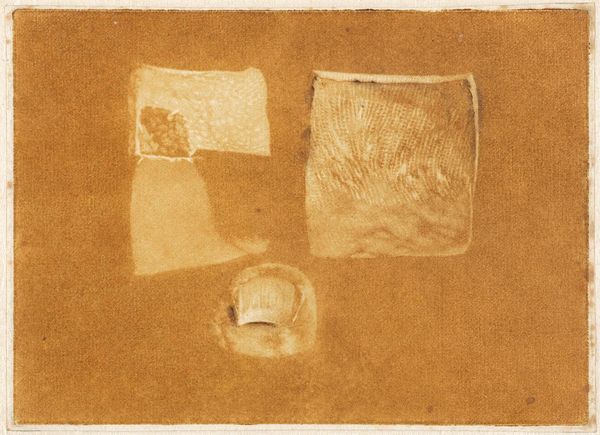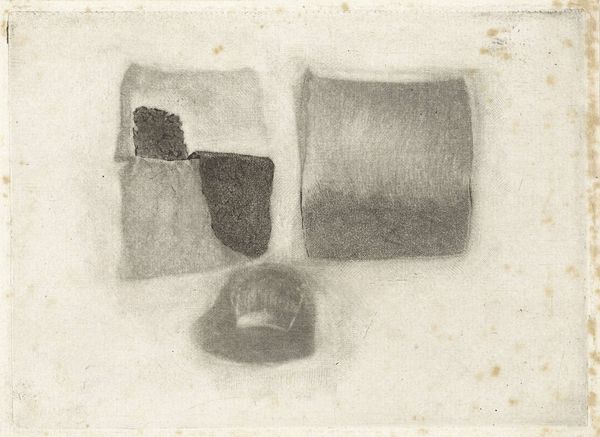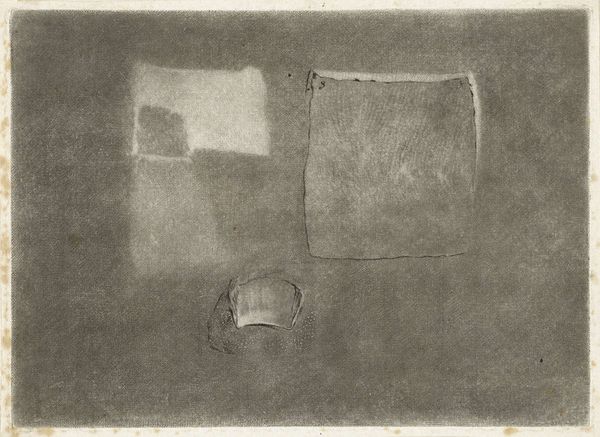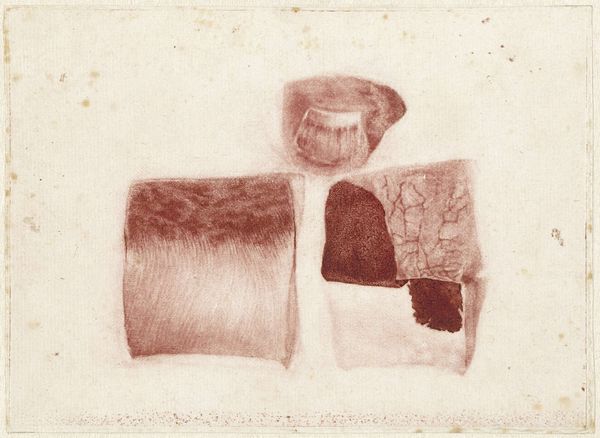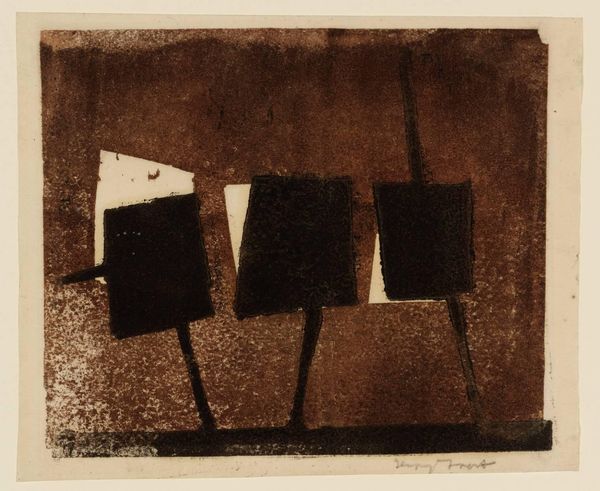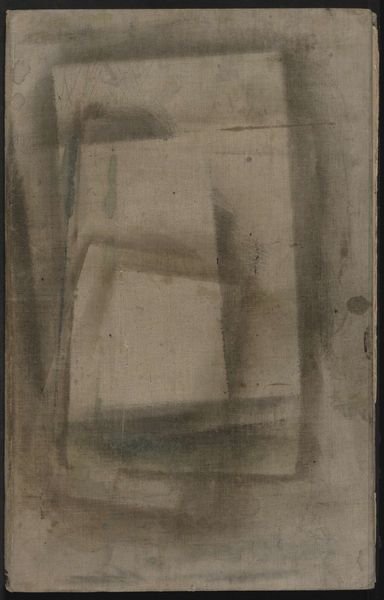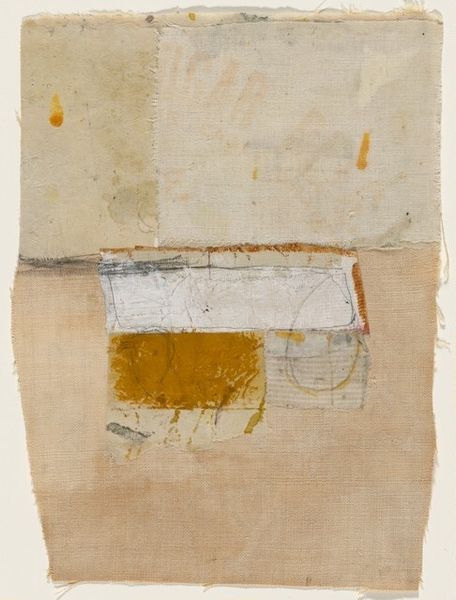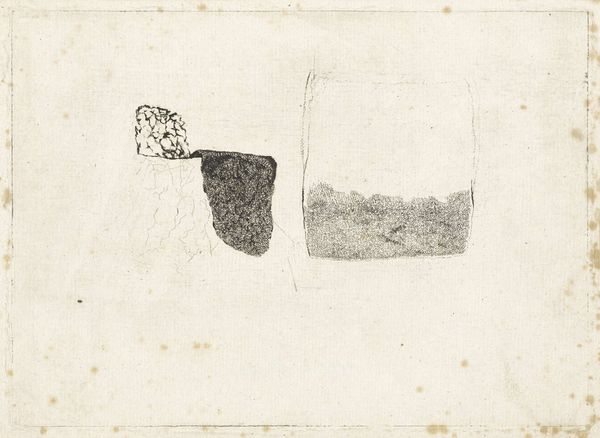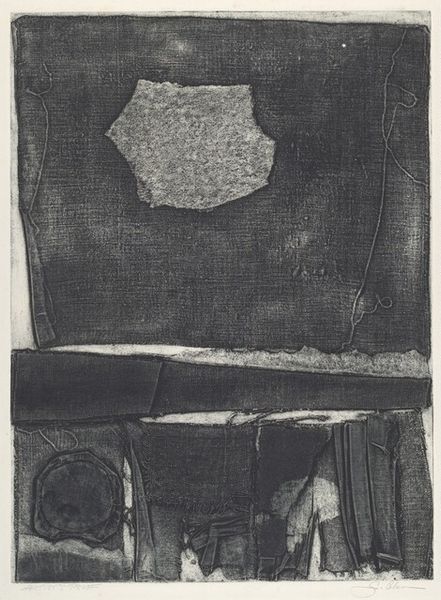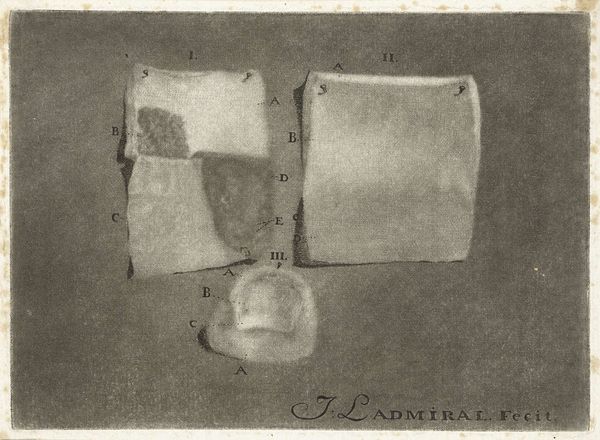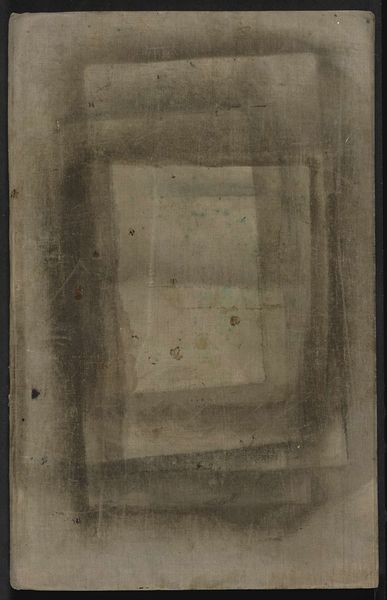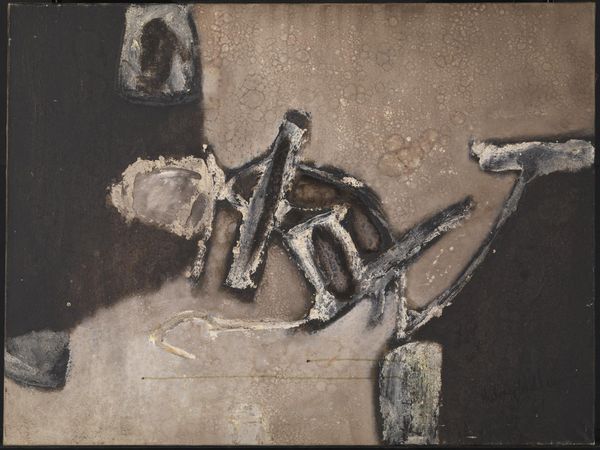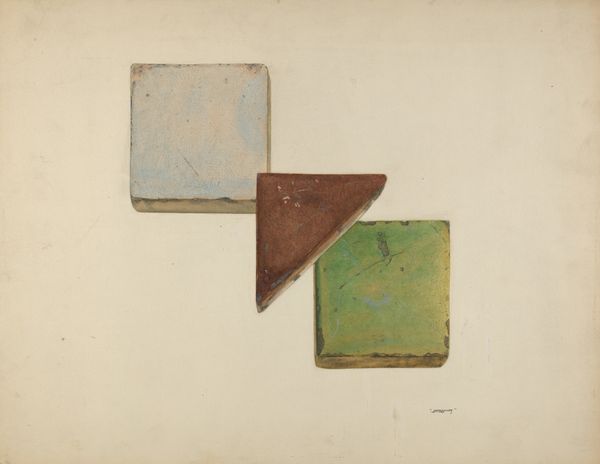
drawing, paper, watercolor
#
portrait
#
drawing
#
water colours
#
paper
#
watercolor
#
coloured pencil
#
academic-art
#
realism
Dimensions: height 117 mm, width 160 mm
Copyright: Rijks Museum: Open Domain
Curator: Immediately, I'm struck by its unsettling stillness; the muted palette gives it a sense of antique scientific curiosity. Editor: Let's delve into "Anatomische studie van menselijke huid en nagel" created in 1737 by Jan l' Admiral. The artist employs watercolours, coloured pencil and drawing on paper. What you’re seeing here is less a quest for beauty and more the meticulous dissection and depiction of human material. Curator: Absolutely. Look at the 'skinned' sections held by pins. What a visceral thing to commit to paper with such deliberate artistic choices, from watercolour wash to the precise inscription! You almost sense a fascination with texture. Editor: The academic context is paramount here. Remember the social conditions: medicine in the 18th century sought legitimation via these precise methods. By translating anatomical research into art, Admiral gives a clinical perspective. The medium and technique aren’t simply mimetic, they are part of a labour to visualise and understand. Curator: True. I can almost imagine Admiral spending hours, meticulously rendering each layer, almost reverential toward each texture he exposes. Perhaps his work invites reflection on skin—its purpose as barrier, canvas, evidence of time passing. There's a philosophical unease. Editor: Exactly. Watercolour on paper allowed for layered depiction with the right tonal value; furthermore the labour-intensive approach mirrors scientific work. Consider too that colour adds realism. Yet what’s implied is an examination and subsequent consumption. Not beauty, not comfort – the object of study put on display. Curator: Well, beyond the literal presentation, perhaps, lies a subtle invitation. After all, even a clinical gaze is mediated by feeling and wonder, isn't it? Editor: I find myself drawn to your point, however this watercolour painting compels us to remember its role as labour of material study and visual investigation as art, as study tool. Curator: Thanks, now that my skin crawls, I know I'm one step closer to really *seeing* it, its magic, fragility. Editor: Indeed. Let us move on and let that visual residue remain!
Comments
No comments
Be the first to comment and join the conversation on the ultimate creative platform.
